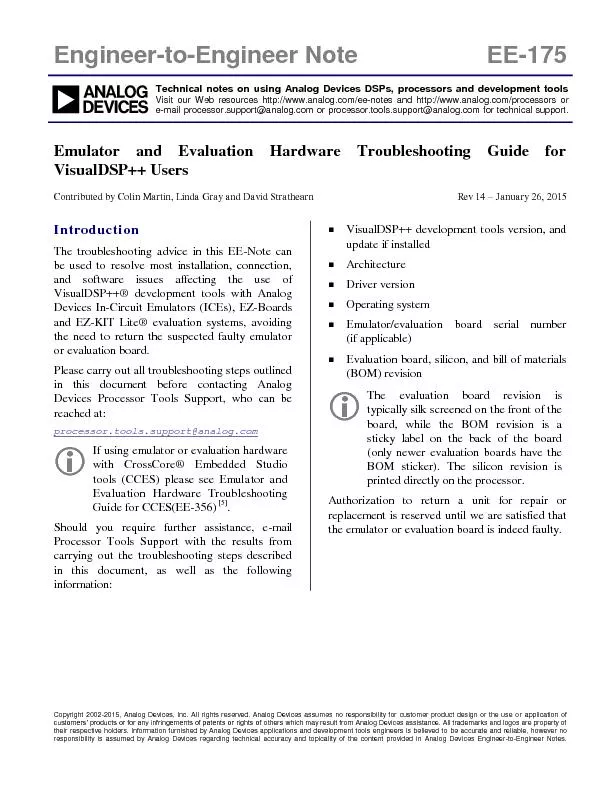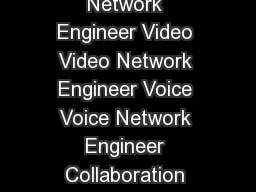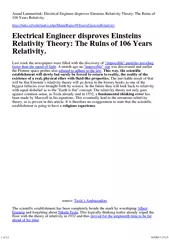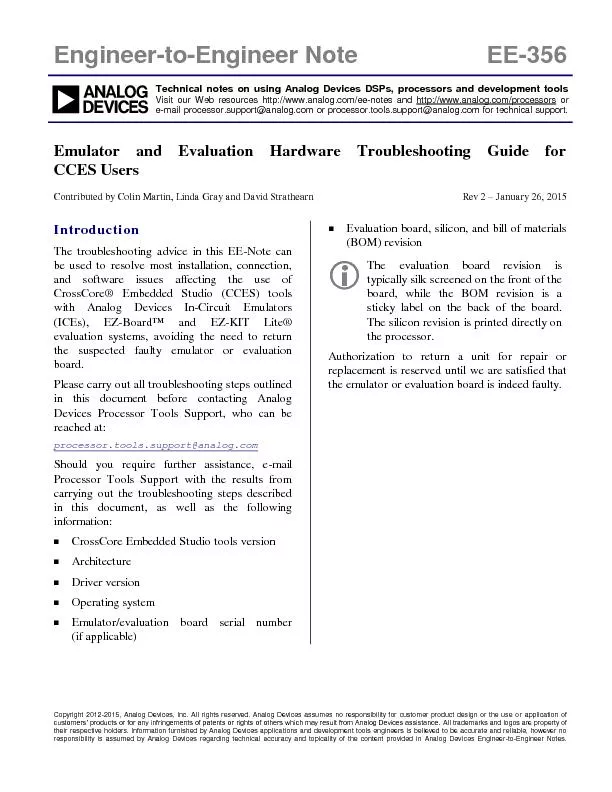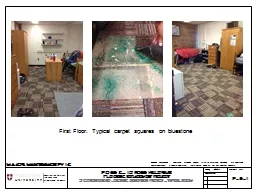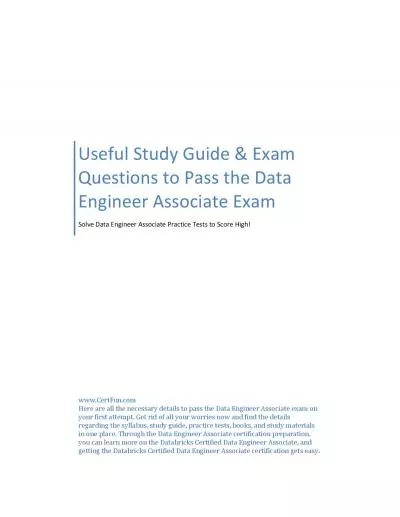PDF-Engineer Note
Author : kittie-lecroy | Published Date : 2016-12-03
Engineer to EE 175 Technical notes on using Analog Devices DSPs processors and development tools Visit our Web resources httpw wwanalogcomee notes and httpwwwanalogcomprocessors
Presentation Embed Code
Download Presentation
Download Presentation The PPT/PDF document "Engineer Note" is the property of its rightful owner. Permission is granted to download and print the materials on this website for personal, non-commercial use only, and to display it on your personal computer provided you do not modify the materials and that you retain all copyright notices contained in the materials. By downloading content from our website, you accept the terms of this agreement.
Engineer Note: Transcript
Download Rules Of Document
"Engineer Note"The content belongs to its owner. You may download and print it for personal use, without modification, and keep all copyright notices. By downloading, you agree to these terms.
Related Documents

